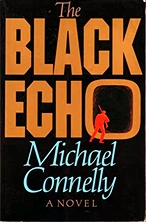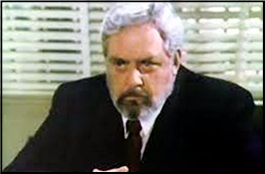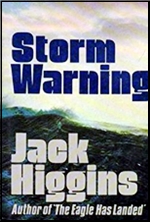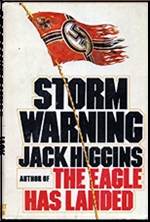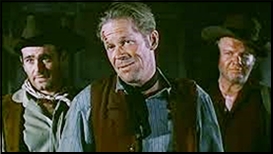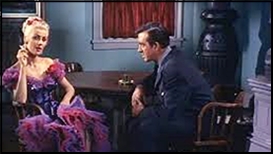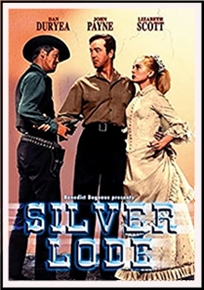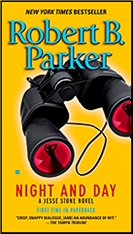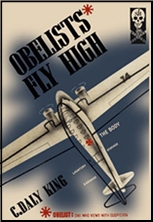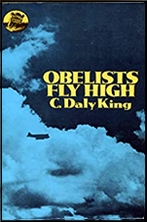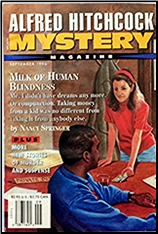Mon 10 Aug 2020
A Mystery Review by Barry Gardner: MINETTE WALTERS – The Scold’s Bridle.
Posted by Steve under Reviews[4] Comments
MINETTE WALTERS – The Scold’s Bridle. Macmillan, UK, hardcover, 1994. St. Martin’s, US, hardcover, 1994.; paperback, 1995. TV movie: BBC, 1998.
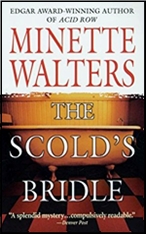
I feel sort of proprietary about Walters – I was among the earlier in this country to sound the “fine new author” alert when she debuted with The Ice House [reviewed here ]even if no one but me and a few friends heard it. Imagine my delight when one of those friends returned from London and presented me with a signed copy of this.
Mathilda Gillispie was an old woman, crippled by arthritis, and thoroughly disliked by almost everyone; very much including her daughter, and granddaughter. When she was found dead with her wrists cut, everyone was convinced it was suicide except for an aging policeman and two of the very few people who didn’t dislike her, her doctor and the doctor’s artist husband. She was found wearing one of her favorite possessions, a scold’s bridle – an iron framework that encloses the head and has a sharp metal bit to restrict the tongue. And therein lies a tale that spans four generations, and touches many lives still extant.
The strength of Walters’ novels is the set of characters she creates and brings to full life. She doesn’t try to establish an ambience in any sort of geographic or physical sense. Her pacing is outstanding, but that by nature is unobtrusive unless done poorly. Her prose is excellently suited to what she does, but is not memorable in the sense that passages or phrases will stick in your mind. Her characters will. For a long time.
The Scold’s Bridle won’t win an Edgar for obvious reasons, and given the vagaries of the awards process may not even be nominated, but hear me well: if this isn’t the best crime novel of the year, someone wrote a hell of a book between now and then.
